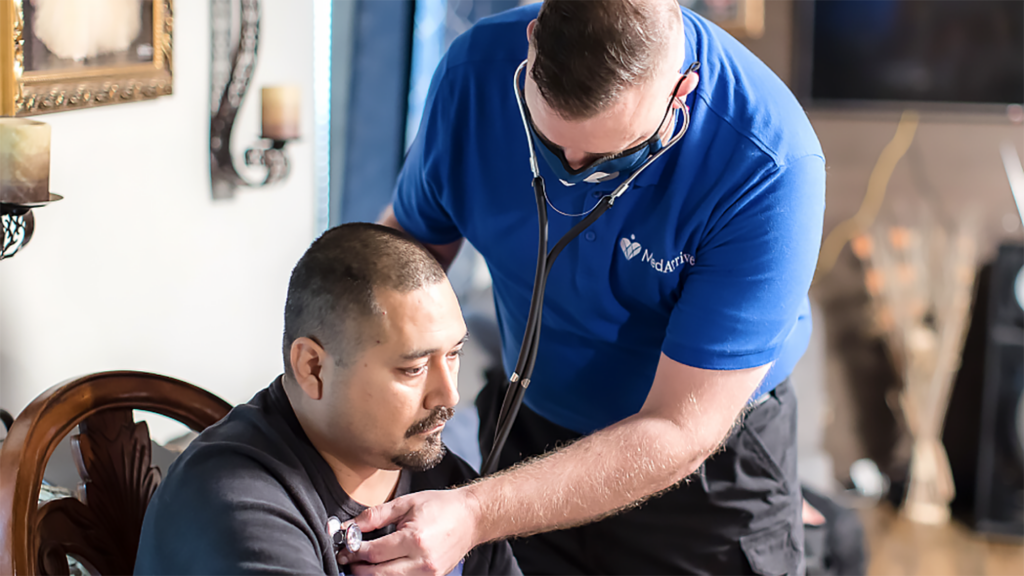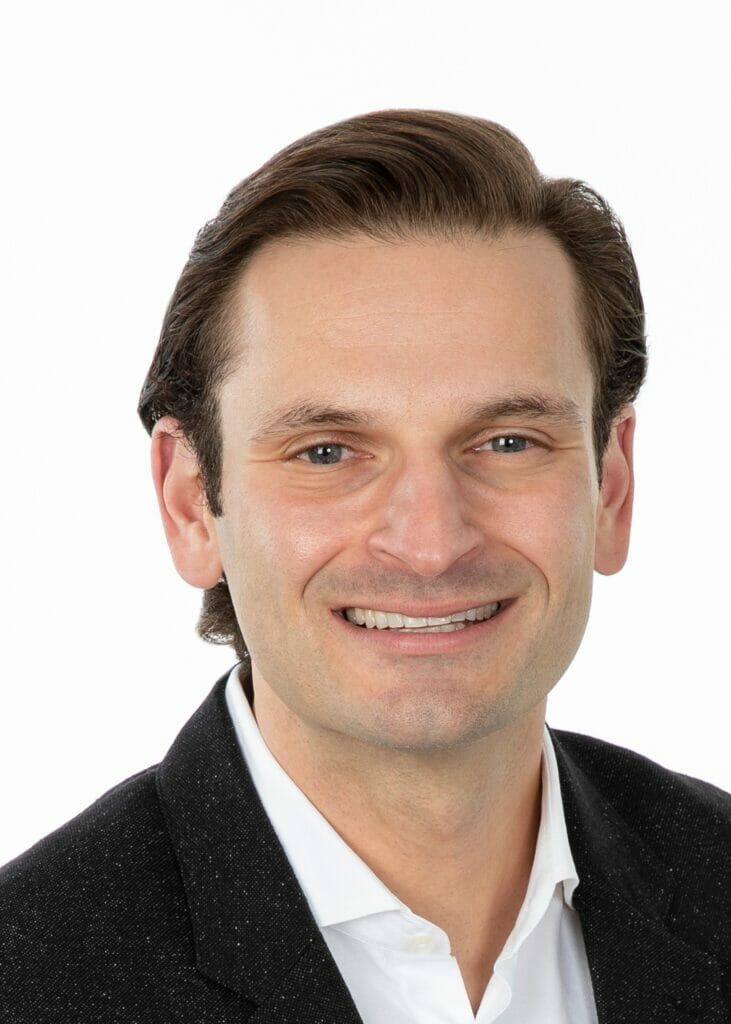
In-home care management platform MedArrive has received another financial shot in the arm. This time, Cobalt Ventures, a subsidiary of Blue Cross Blue Shield of Kansas City, is investing $8 million in the Texas-based firm that leverages telemedicine and emergency medical technicians to provide in-home care to vulnerable patients.
MedArrive co-founder and CEO Dan Trigub told McKnight’s Home Care Daily Pulse the company will use the new funding to potentially grow beyond the six markets it currently serves.

“It allows us to serve thousands and thousands of more of these vulnerable and underserved populations and execute what we think is a capital efficient and sustainable business model,” Tribug said.
MedArrive has been on a growth trajectory since it launched in the fall of 2021 with $25 million in Series A funding. To date, investors have pumped a total of $40 million into the company, which started in Florida, Texas, California and North Carolina and has since expanded into Kansas City and Arizona. MedArrive partners with Medicare Advantage plans and managed Medicaid plans to provide holistic and longitudinal care to vulnerable populations. EMTs pay frequent visits to patients with the goal of keeping them healthy and out of emergency rooms.
“A lot of this care is more than a one-time acute care visit,” Trigub explained. “It’s helping with meals, transportation and other social support services.
To that end, MedArrive has also partnered with SCAN Health Plan to provide in-home vaccinations to California Medicare Advantage enrollees and with eye disease screening firm Spect to provide in-home retinal scans to patients. Trigub envisions the company partnering with other providers to expand into new care models, such as palliative care.
“With things like palliative care we augment [our field providers] with our network of nurse practitioners, case managers and social workers virtually to help close care gaps for our patients when we’re not in the home,” he said.



